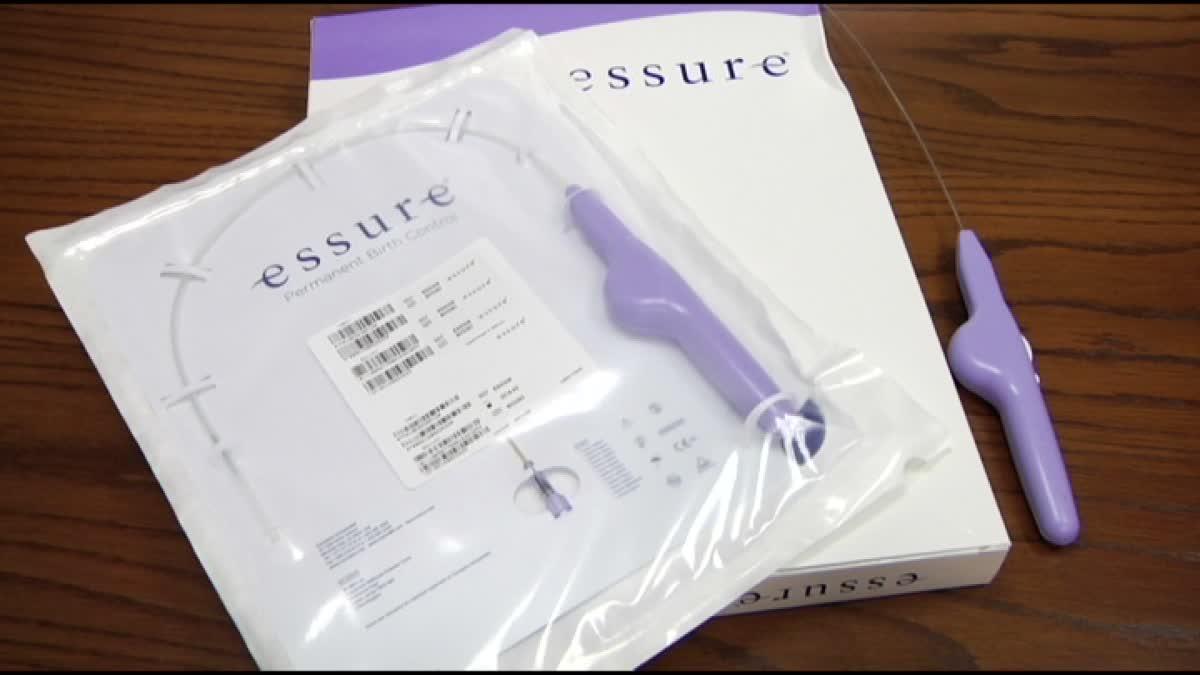More and more women opt for more convenient forms of contraception, and now they can finally make an informed decision whether or not the Essure contraceptive device is right for them. The U.S. Food and Drug Administration (FDA) finalized a patient checklist for the Essure device to help patients determine if the device and its associated risks are right for them.
The patient checklist also comes with a finalized black box warning, the most severe warning given out by the FDA before devices are recalled from the market. When Essure was originally approved in 2002, it had no such warning and it took more than 5,000 adverse event reports for the FDA to review the safety and efficacy of the device.
Unfortunately, the patient checklist comes far too late for thousands of women already harmed by the device. Women have reported debilitating and potentially life threatening side effects, such as the migration of the device, perforation of the device into the uterine wall, internal bleeding, chronic abdominal pain, headaches, vomiting, nausea, allergic reaction, and unexpected pregnancy, among others.
For many women suffering from Essure side effects, the only way to find relief for their symptoms is to undergo a complete hysterectomy. Essure works by causing scar tissue to build up in the fallopian tubes, effectively blocking the pathway to the ovaries, but this buildup in scar tissue can also make device removal challenging. While surgeons are sometimes able to remove the scar tissue and repair the fallopian tubes, depending on the location and buildup tissue, this isn’t always possible.
But women harmed by the Essure device aren’t taking their injuries lying down. Essure lawsuits have been filed in state and federal courts across the country, and recently several judges ruled Essure lawsuits can proceed in state courts. Although the Essure litigation is in the very early stages, plaintiffs have made it clear they are in it for the long haul.

